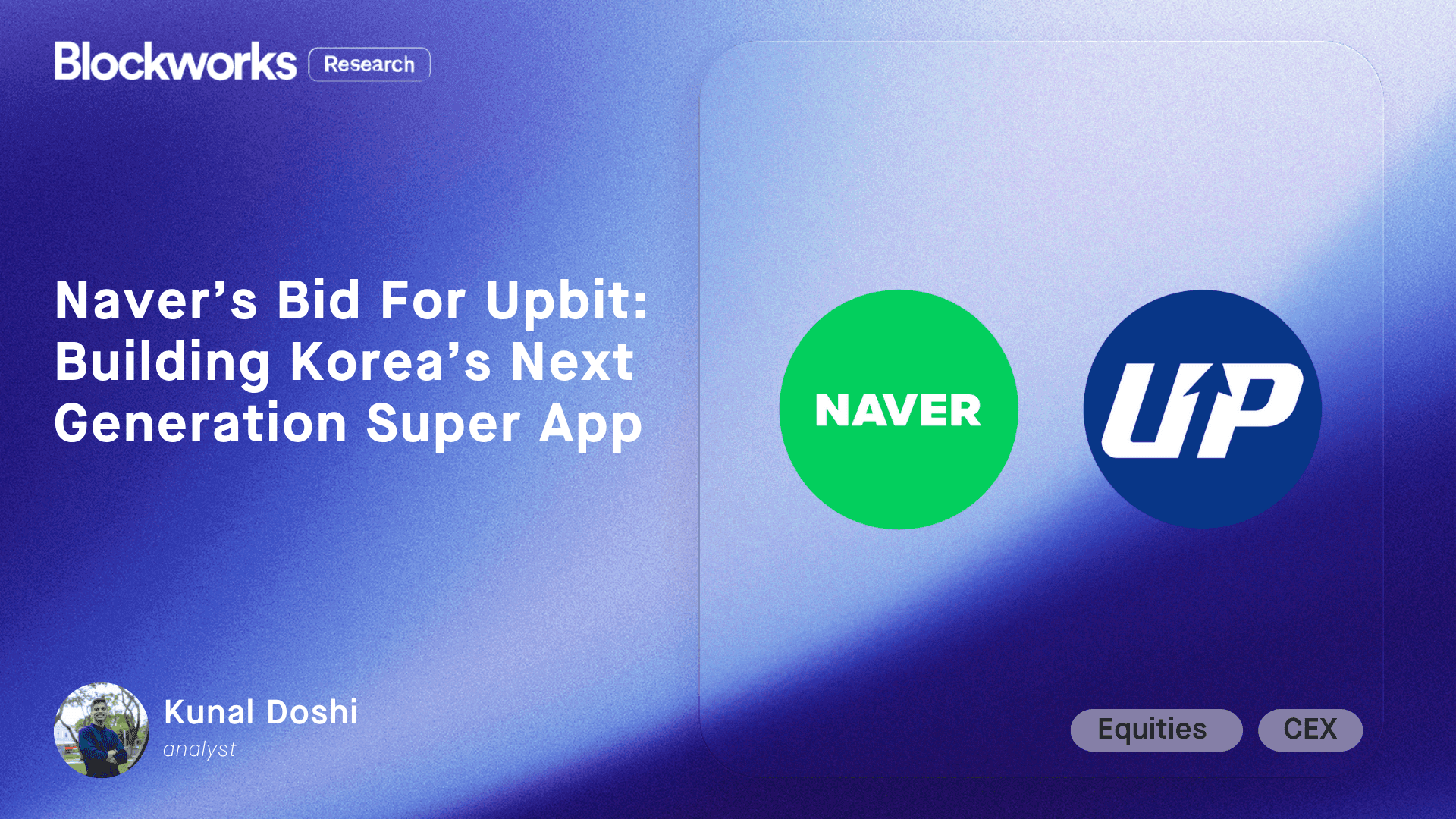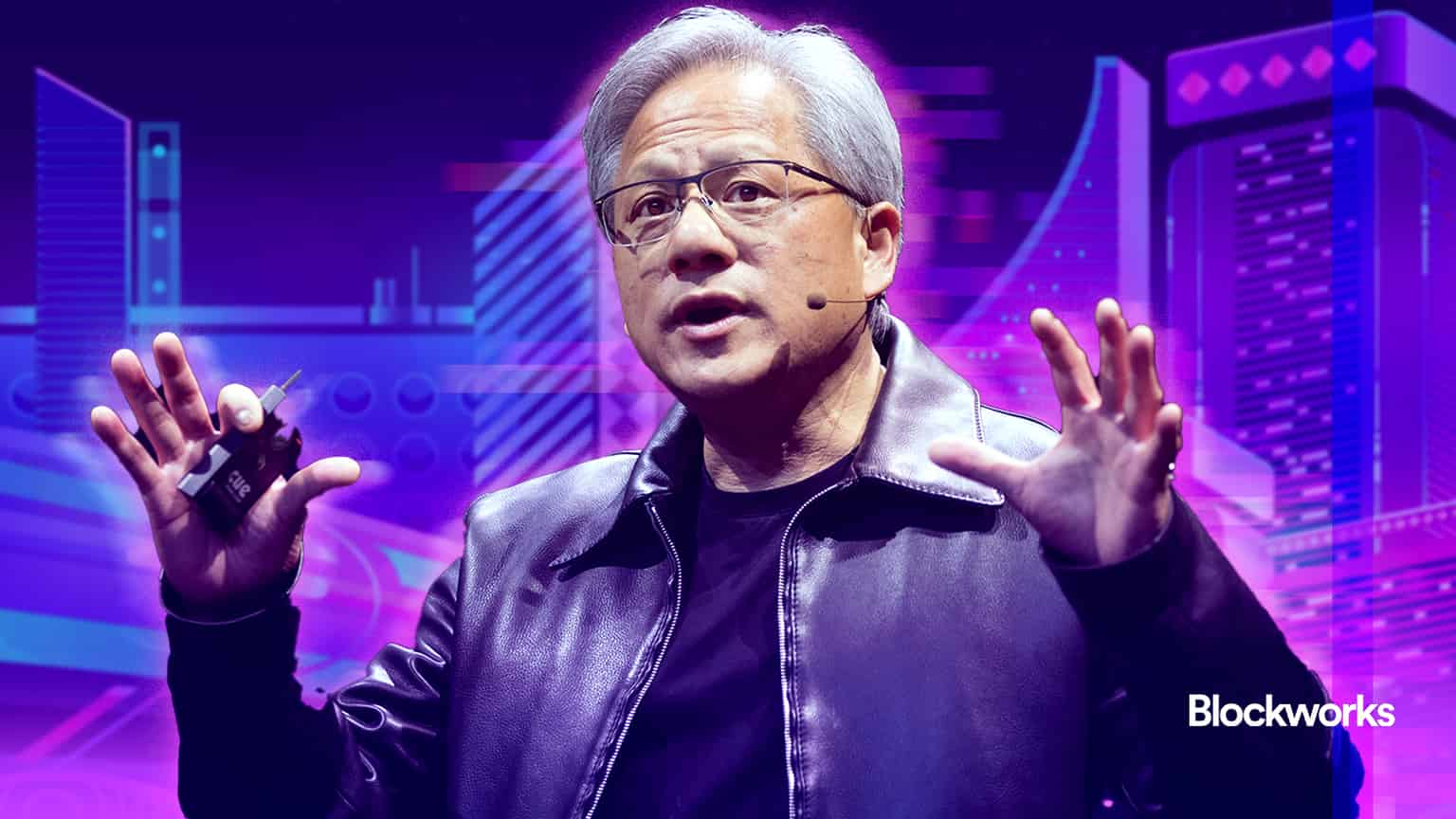Can DePINs offer a ‘lower barrier to entry’ than stablecoins?
With the success of RWAs and stablecoins, DePINs could onboard the next wave of crypto users

VectorMine/Shutterstock and Adobe modified by Blockworks
This is a segment from the Empire newsletter. To read full editions, subscribe.
It’s been a while since we last talked about DePINs. Blockworks Research analyst Nick Carpinito is giving us the perfect excuse to dig back in after publishing a note that not only focuses on DePINs, but specifically looks at tokenized power plants. And, yes, it’s much more exciting than it initially seems.
Carpinito told me that he felt compelled to dig into the subject because of artificial intelligence.
“One of the critical pieces of AI today is that you’re seeing that the sector as a whole, outside of the decentralized piece, is having some serious energy constraints, especially outside the US, but even in the US,” he explained. So he did a deep dive to see just how viable it is.
The long and short of it is that “projects that credibly tie infrastructure performance to real-world revenue, navigate policy fragmentation, and maintain network quality will be well-positioned to shape the next generation of energy markets.”
But if this is the first time you’re hearing about these types of dePINs, you’re not alone. I asked Carpinito about that, and he explained that wireless tends to be one of the most popular subsectors within DePIN — something that does track with what we’ve previously covered in Empire.
There’s been “very little innovation in the energy space,” he said. It’ll take time to see “meaningful scale,” but Carpinito isn’t too worried about that.
In fact, his hot take is that some projects could start operating as “pieces in the grid” in the coming year.
The theory I’ve been working on is the successful use case of DePINs. RWAs and stablecoins have seen great success, and DePINs follow a bit of a similar model. You take a non-crypto industry and put it on crypto rails, not only to improve it, but to open doors for non-crypto folks to come onchain. Sounds like it matches the recipe for success we’ve seen, yeah?
Admittedly, reality is slightly more complicated.
“If a DePIN project is successful when they’re pitching to a customer, they shouldn’t have to call themselves DePIN. The advantages of the product should be clear, both on a cost standpoint and on a performance standpoint. And the projects that are successful with this…are able to position themselves as valuable, real-world utilities [that don’t] have a very high barrier to entry,” Carpinito explained.
In lots of ways, “it’s very similar to stablecoins, maybe even a lower barrier to entry than most stablecoins for the end customer. The other component of that is — and this is probably one of the things that attracted me to DePINs in the early days —- it’s compelling and, I think, really [opens up] the narrative that everybody needs to buy their first token.”
Now, we just need to get more non-crypto native folks onchain.
Get the news in your inbox. Explore Blockworks newsletters:
- The Breakdown: Decoding crypto and the markets. Daily.
- 0xResearch: Alpha in your inbox. Think like an analyst.






